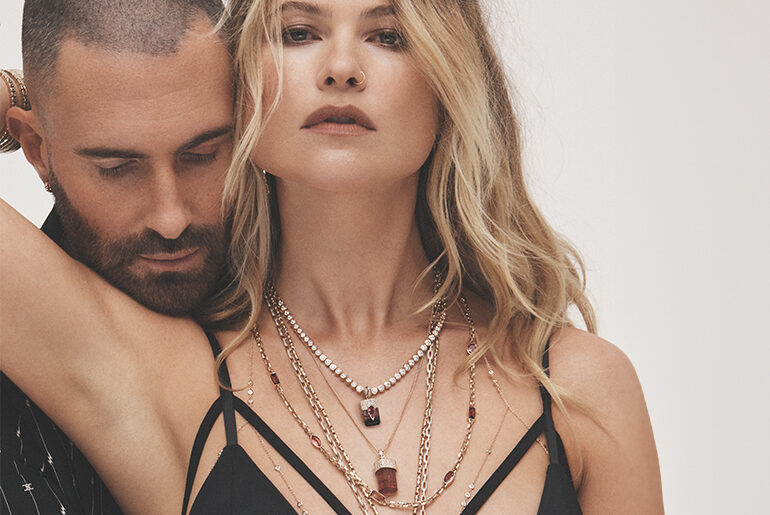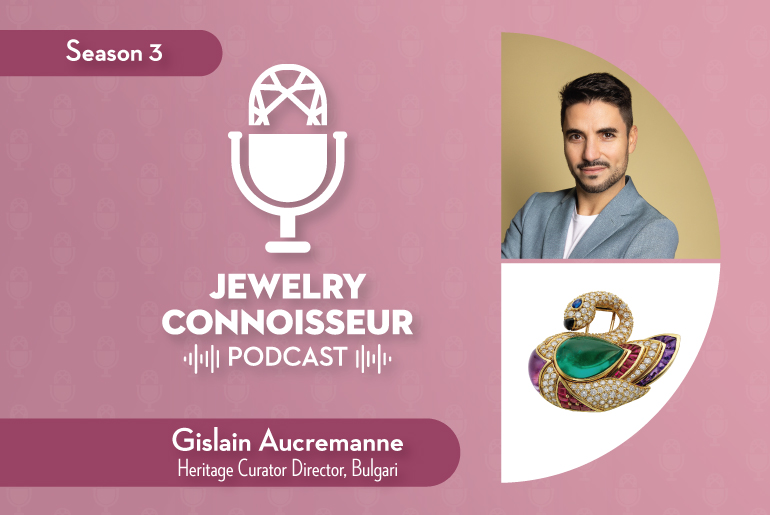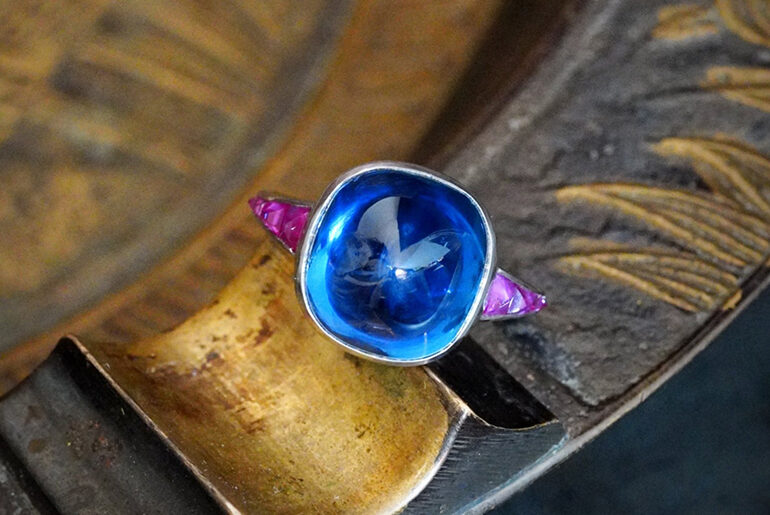More than just an aesthetic detail, it’s literally what holds a piece together. Here are some tips for identifying a well-set jewel.
Many different craftspeople are necessary to the creation of a jewel, but the gem-setter is one of the most integral. The setter is responsible not just for enhancing the way the gemstones look, but also for ensuring they stay intact in case of impact. As such, customers should learn to recognize a good setting by a skilled professional.

Popular types
Diamond jewelry accounts for a significant portion of all jewels sold worldwide, so these gems are some of the most commonly set. From a purely aesthetic point of view, popular settings include prongs, bezel settings (in which the metal surrounds the stone), and full pavé, in which the stones are set close together. These techniques are more traditional and appear more solid, something customers tend to find reassuring.
But there are other types of settings as well. Channel settings entail placing the diamonds along a “channel” of metal, without individual prongs to separate them. And in recent years, the cut-down setting has become increasingly fashionable among consumers. Usually used on the shoulders of a ring, it involves securing the stones in place in a way that leaves them visible from the side as well as the top.
With its spectacularly brilliant result, cut-down is a seductive option. But with less metal to hold the stones, it is also more delicate — an important point for consumers to consider.

The perfect metal
A solid setting needs the right metal to hold the stones in place, and its quality has to be excellent to avoid worries of wear — especially if it’s for everyday use.
In Europe — especially in France — gold alloys must be at least 75% pure (Au750, or 18 karats) to be considered high-quality. For platinum, it should be 95%, or PT950.
Overall, it’s wise for customers to look into the store’s quality assurance policies. For instance, a serious store will usually offer you a free check of your setting each year.

Image: Christie’s Images Ltd. 2018.
On close examination
In addition to checking the metal’s purity markings when shopping for jewelry, customers should use a magnifying glass to see if the stones are properly set. If there are prongs, they should be identical, with no space between the metal and the stones. In a pavé setting, the metal should lightly cover the diamonds so they look slightly embedded. In a channel setting, the stones should not overlap.
Keep in mind, too, that some setting techniques are patented, such as Van Cleef & Arpels’s Serti Mysterieux (Mystery Set) or the recently unveiled Magical Setting by Chopard. In those cases, the company that holds the patent is the address for getting it done.
Age is also a factor in a setting. If you are a vintage jewelry lover, be aware that older jewels can present problems due to [the materials involved. Many such pieces use silver and gold, which are softer metals and therefore make the setting more fragile.
So before your final choice, take a good look at the stones, note their possible defects, and ask clear questions such as the age of the frame, the gem-setter’s prior experience, and the warranty conditions. A good setting will help ensure years of happiness with your jewel.
Main Image: High-end jewelry houses love to mix setting techniques to enhance their creations. A case in point is the Cartier Yoshino ring, which features prong, pavé and bezel settings. © Cartier





Comments are closed.